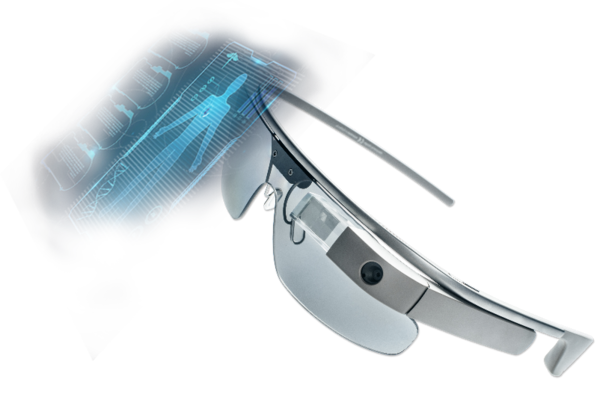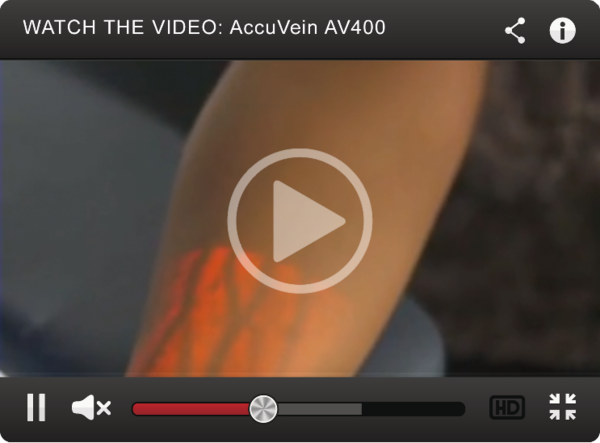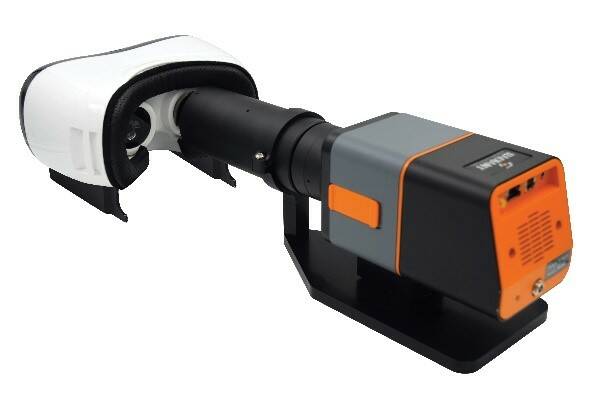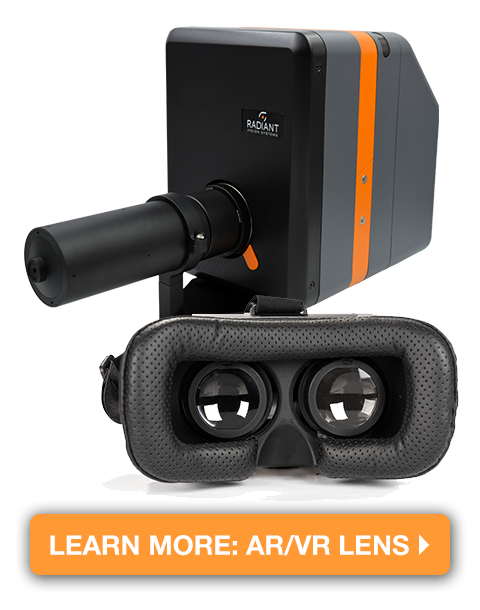The Healing Power of Virtual: AR/VR Technologies Revolutionize Medical Treatment
When we think of virtual reality (VR) and augmented reality (AR), the first thing that comes to mind is typically entertainment and games like VR sports or Pokémon GO. But the uses of this technology go far beyond recreation. In fact, AR and VR devices are poised to revolutionize medicine with new clinical applications and treatments.
AR and VR systems are already being used by physicians for diagnosis and treatment—for example, surgeons can use VR to plan and “practice” complex surgical procedures ahead of time. The devices are also allowing patients to use visualization to release the therapeutic power of our own minds. AR/VR can be especially useful when treating children, as the novelty of the technology helps take their attention off the discomfort, pain, or anxiety they might feel in a medical environment. For a peek at the future possibilities of AR/VR in medicine, here are just a few examples of recent innovations.

Is VR the Answer for Chronic Pain?
Dr. Brennan Spiegel and others at Cedars-Sinai in Los Angeles are among a cadre of clinical researchers exploring the benefits of using virtual reality for alleviating the kinds of chronic pain suffered by more than 25 million Americans. Initial trials showed promising results: 3D virtual reality goggles reduce the experience of all kinds of pain—from joint injuries to cancer—by a quarter. Read more…
AR Helps Treat Brain Tumors
A recent study by researchers at Canada's McMaster University shows how augmented reality technology can be used to create accurate 3D visualization of brain tumors in real time. This enables both physician and patient to have a more intuitive visualization on the location and size of the tumor. By calibrating a camera system to the dimensions of the patient's face, this method was successful in performing the brain tumor augmentation with a reprojection accuracy of 97%. Read more...
VR Speeds Recovery After a Stroke
Patients who have survived a stroke of traumatic injury have the best chance of regaining lost functions the sooner they start on rehabilitation. Virtual reality lets these patients “practice” lifting their arms and moving their fingers even while in the early stages of recovery. They may not be physically moving, but an app enhances attention, motivation, and engagement by using visual and auditory feedback, making the repetitive practice fun for patients. Cognitive “games” can be designed to stimulate the specific areas of the brain that were damaged by the trauma. The increased mental effort helps their nervous systems recover faster. Read more…
Taking the Ouch out of Blood Draws
Anyone who’s ever had blood drawn for a medical test knows that unpleasant moment when the needle punctures your arm. If you’ve been unlucky, you’ve had to experience multiple sticks of the needle before the phlebotomist finds the vein. New types of AR glasses and vein scanners can project an image of a patient’s veins right onto their arm, making the blood draw process smooth and efficient for both the patient and clinician. Watch it work…

Ensuring the Quality of AR/VR Devices
Designers and manufacturers need to ensure the quality and performance of AR/VR devices—especially when patient health is at stake. The Radiant Vision Systems AR/VR lens features a unique optical design specially engineered for measuring near-eye displays (NEDs), such as those integrated into VR, AR, and mixed reality (MR) headsets. The lens design simulates the size, position, and field of view of the human eye to accurately capture and evaluate the human visual experience.

Unlike alternative lens options, where the aperture is located inside the lens, the aperture of the AR/VR lens is located on the front of the lens, enabling positioning of the imaging system’s entrance pupil within NED headsets to view head-mounted displays (HMDs) at the same location as the human eye. Used with a Radiant ProMetric camera, the AR/VR lens provides accurate wide-angle measurement capturing the full field of view (FOV) of the display (up to 120° horizontal, covering approximate human binocular FOV) without occlusion by the lens hardware.
Because when you or someone you care about has their health and well being on the line, you want to know the display technology works at its best.

Join Mailing List
Stay up to date on our latest products, blog content, and events.
Join our Mailing List
